Every product, in every category, in every era has a certain established architecture that serves as the foundational structure for the product’s design. The origin of this architecture is usually highly evolutionary, building incrementally upon previous successful iterations until an optimized pattern emerges. Modern cars still have four wheels, one on each corner, with people sitting in the center, because the horse-drawn carriages upon which they were based had proven this architecture for hundreds of years. Modern houses still have roofs, walls, floors, doors, and windows, all established well in the past. However, with this natural process of weeding out less successful configurations (like old straight razors) for more favorable ones (like modern safety razors), a good deal of assumptions are built up in the process. These assumptions become mental barriers to new thinking that are increasingly hard to break down. One of the most delightful aspects of being a designer is the chance to take a sledgehammer to these foundational assumptions, and rebuild a product’s core configuration from its most basic elements. This kind of Re-Architecting has taken place in every product category: modern TV and manufacturers are exploring putting bulky internal components in the base, instead of thickening up the back of the display panel; the aviation industry routinely produces designs that completely deviate from our notions of stable aircraft, but fly nonetheless (Burt Rutan is legendary at this); Dyson has made a business out of reconfiguring our household appliances with amazing results. For companies desiring innovative products, starting at the architecture level can yield market-shaking results. For designers using this theme, it will mean a completely different approach from the standard re-skinning of last year’s model. Because the very foundation of the product is being altered, designers must work closely with the technical experts who know the architecture inside and out. At the same time, those technical experts should ideally be open-minded to challenging the assumptions they’ve held for many years. Also, because almost every aspect of the product will be changing, lead times and R&D expenditures are usually greatly increased. However, in product categories that are stagnant with unchallenged assumptions, Re-Architecting can be just the method to create something fresh, innovative, and desirable. An additional benefit: Re-Architected solutions are almost always highly patentable, which provides a firewall against established competitors. Raise your sledgehammers, designers!




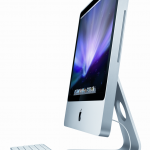
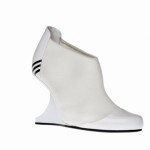
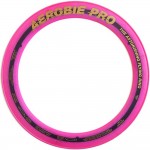

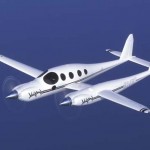

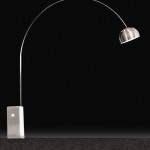

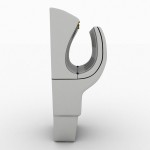





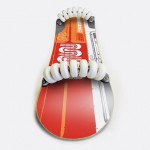
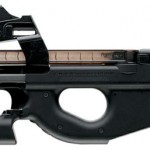




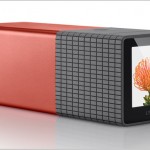
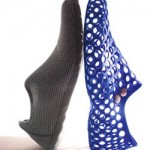



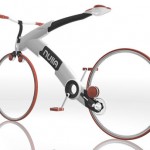
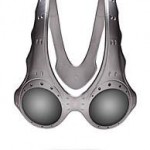
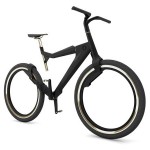

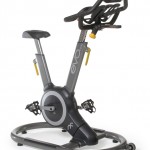
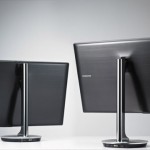
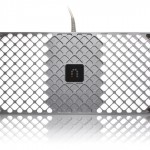





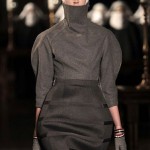


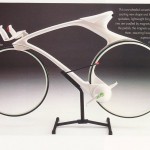

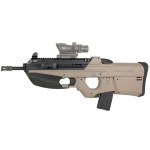
I love this idea. If you start from the underlying architecture level, instead of innovating with what your given, you can really change a design’s direction. You are right that it takes a much more involved effort from all involved, especially the engineers. World’s best design blog, please keep up the amaizing work!
Thanks Leif, if you keep visiting, we’ll keep building.
This theme is really an amazingly powerful one, and is almost always over-looked by design teams initiating a design project. Because of the way it reconsiders the very foundations of a concept, Re-Architecting can’t be left until the “styling” phase, but has to be part of the equation right at the project inception in order to be effective. Not every project can accommodate the level of intensive R&D this requires, but for products calling for real and visible innovation its a great place to start.
-AWOL Trends
While I like the visual aesthetics as a purely artistic endeavor, I would love to see some of these elements placed into mainstream use without big corporations implementing them. For example, the cool bikes could be marketed by an independent small bike firm with international design and manufacturing, done at non-sweatshop facilities. In other words, futuristic design MUST come with the expectations we have of a futuristic modern civilized society that resides outside of self-interested materialism–that is, we need to implement green-building for all, slave-free manufacturing, non-racially motivated support of buying “local.”
I say these things because it seems we have moved towards the finer things in life, both visually and cost-wise, without meeting the fundamental requirement: treating the people in the factories any better. (See ipod slave wages as an example.)
What you said is Re-architecting of the manufacturing model itself, which is about the most fundamental form level of re-architecture you can do, a very lovely idea in itself.
However without big corporations, design re-architecting is often limited to small scale bespoke niche products, with high enough profit margin to sustain a rapid re-design process, or electronic products that doesn’t require a specific architectural to start with. (One could argue if the ball shaped radio is just superficial re-packaging as the form has very little to do with the functional requirement or engineering constraints, in an architectural level)
Even in the case of multinational manufacturers successful cases of re-architecting turning into mass market platforms is pretty rare, an current example is the cross-platforming of chassis among VW models, parts are modulized and standardized to lower cost. Once in a while you get ideas such as trikes and personal pods but those remain highly conceptual and experimental.
I am curious about the singer design 911 as an example too, it’s retro-fitting of modern parts into an old platform, which isn’t really re-architecting. Or was the point about moving the engine to the back when the 911 concept was first conceived?
The Singer 911 model is shown more as a general representation of the 911 platform (rear-engine design for purposes of optimizing an aerodynamic form). A great example of how laying out major functional components in new ways can achieve not only improved functionality, but a dramatic new aesthetic as well. These types of re-architecting are also more protected against competitive infringement due to the patent-protected intellectual property system, which favors this type of innovation.
-AWOL Trends
I love your site. But dislike the fact that you repeatedly use machine guns, military vehicles and weapons as references. I believe there are tons of other examples you could select instead. I don’t want inspiration from objects designed to kill. Killing machines shouldn’t be praised. In any way. And they shouldn’t get credited by getting media through your web site. That’s my humble opinion. Make peace form, not war form.
Thank you for your perspective, Marcus. We know many creative professionals have strong negative associations with products in the military/tactical category. Others feel strongly about categories like tobacco or alcoholic products. It is every designer’s freedom to apply their own moral code to their professional paths. This trend site, however, is purposefully neutral on all positions: we try not to make value judgements on any body of work so that the database is as open and extensive as possible. Also, what is offensive to one person can be highly inspirational to others: surely Constantin Grcic’s faceted designs owe their genesis to early Stealth technology? I think we can all agree that you never know where or from what source inspiration will leap into your attention.